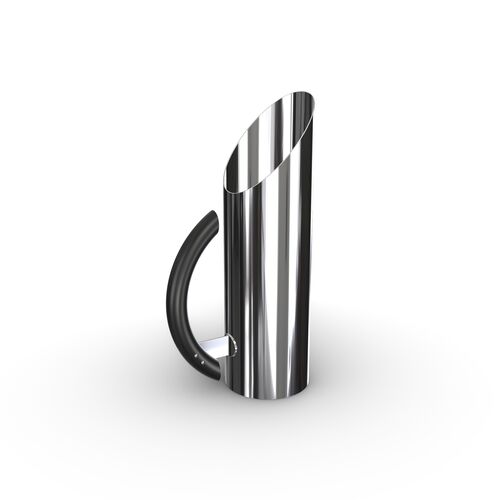Mario Botta

Mario Botta (born 1943) is a Swiss architect known for his modernist buildings that incorporate elements of traditional architectural forms. Botta was born in Mendrisio, Switzerland and studied at the University of Venice before opening his own practice in 1970.
Botta's architecture is characterized by a simple yet powerful aesthetic that emphasizes geometric shapes, bold lines, and a sense of monumentality. Some of his most famous works include the San Francisco Museum of Modern Art, the Church of San Giovanni Battista in Switzerland, and the Watari-um Museum of Contemporary Art in Japan.
Botta is also known for his use of traditional materials such as stone and brick, which he uses to create a sense of timeless elegance in his designs. He often incorporates light and shadow into his buildings to create dramatic and dynamic spaces that engage the senses.
In addition to his work as an architect, Botta is also a prolific designer, creating furniture and other objects that reflect his unique aesthetic sensibility. He has received numerous awards and honors for his work, including the prestigious Pritzker Architecture Prize in 1996.
Today, Botta's work continues to be studied and admired by architects and designers around the world. His ideas and theories have had a profound impact on the field of architecture, and his legacy as a visionary thinker and designer continues to inspire new generations of creatives.


